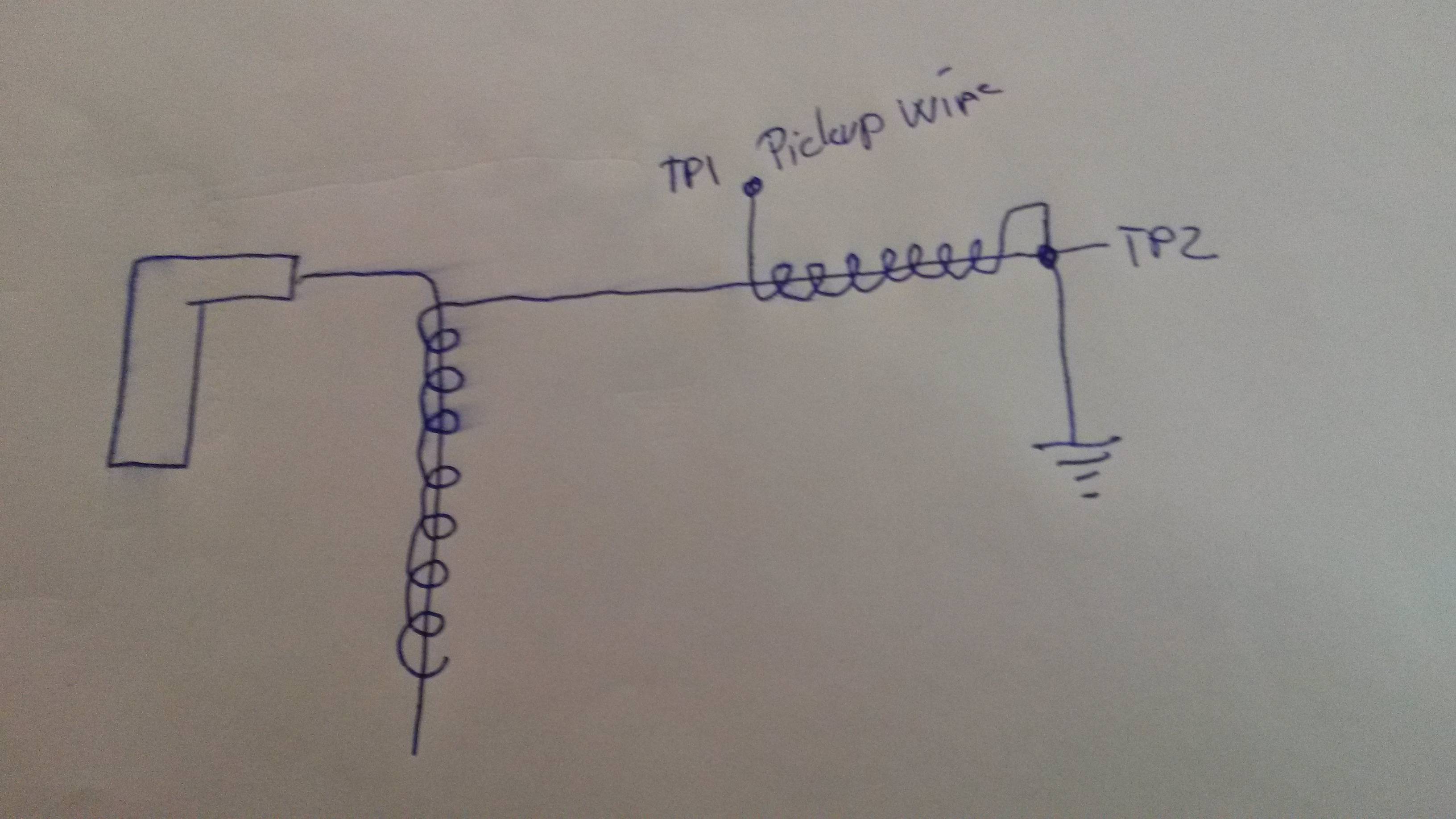I have a coin cell battery operated device that I'd like to detect a weak pulse. The device will be able to operate down to approx. 2.5 volt, so my Vref will be in the range 2.5 to 3V.
The pulse frequency is 30-300 Hz and measured with my oscilloscope it generates a signal as in the image below. I assume the signal is very weak (low current), but I've got more a less the same result when I set my probe on low impedance (X10).
I'd like to convert this pulse into a digital signal, and make sure that it's not fooled by the "bouncing" nature. I also need to bias the trigger and +-20mV might be a good delta value.
I've looked at using a single OpAmp or an instrumental amplifier, but I'm not sure what the most effective solution is. Actually I think I need a combination of the two, where the instrumental amplifier will just amplify the signal difference, and then I will compare the output with an OpAmp in comparator mode, where the negative input is my bias.
Anyway, I'm not sure whether this will work, or if there's an even better alternative.

UPDATE!
Well, I think I actually misunderstood WhatRoughBeast's answer, and reworked the pickup circuit to ground both the connecting wire and the pickup wire. I also wrapped the pickup wire around the connecting wire. Here's a drawing:

With this new wiring, I went out and measured two engines this morning, and the difference in signal amplitude is significant, so it's not a "weak" signal anymore.
Engine A:


Engine B:

 Engine B is consistently producing a small unwanted spike in between the expected pulses
Engine B is consistently producing a small unwanted spike in between the expected pulses
I'm glad that the pulses are much stronger now, but sorry that the premises of the original question are "slightly" changed. Anyway, I still need a trigger on this, and filter out the unwanted spikes from Engine B. I've got a lot of inspiration, and I see that you agree on a using a comparator for the job, so I will try to look into that.
